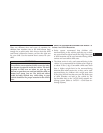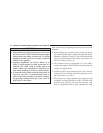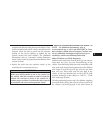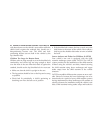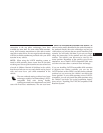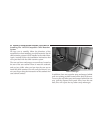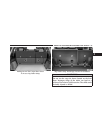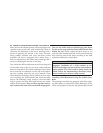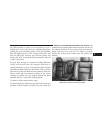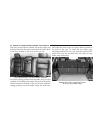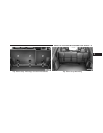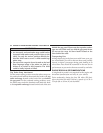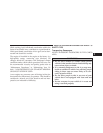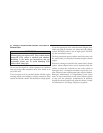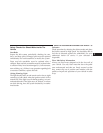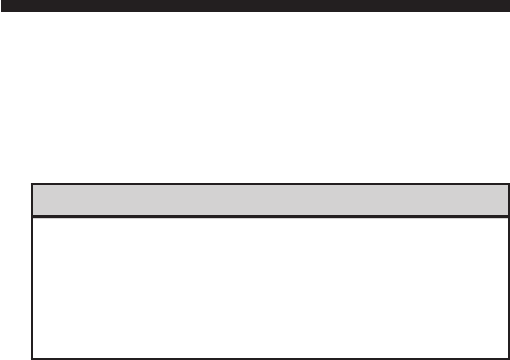
Many, but not all restraint systems will be equipped with
separate straps on each side, with each having a hook or
connector for attachment to the lower anchorage and a
means of adjusting the tension in the strap. Forward-
facing toddler restraints and some rear-facing infant
restraints will also be equipped with a tether strap, a
hook for attachment to the tether strap anchorage and a
means of adjusting the tension of the strap.
First, loosen the child seat adjusters on the lower straps and
on the tether strap so that you can more easily attach the
hooks or connectors to the vehicle anchorages. Next, attach
the lower hooks or connectors over the top of the anchor-
age bars, pushing aside the seat cover material. Then,
locate the tether anchorage directly behind the seat where
you are placing the child restraint and attach the tether
strap to the anchorage, being careful to route the tether
strap to provide the most direct path between the anchor
and the child restraint. There are three top tether anchor-
ages located on the back of the seat, behind the gap panel.
They are not visible until you fold the gap panel down.
Do not use the cargo tie down hooks located on the floor
behind the seat. Finally, tighten all three straps as you
push the child restraint rearward and downward into the
seat, removing slack in the straps according to the child
restraint manufacturer’s instructions.
WARNING!
Improper installation of a child restraint to the
LATCH anchorages can lead to failure of an infant or
child restraint. The child could be badly injured or
killed. Follow the manufacturer’s directions exactly
when installing an infant or child restraint.
Installing Child Restraints Using The Vehicle Seat
Belts
The passenger seat belts are equipped with either cinch-
ing latch plates or Automatic Locking Retractors (ALR),
which are designed to keep the lap portion tight around
88 THINGS TO KNOW BEFORE STARTING YOUR VEHICLE




